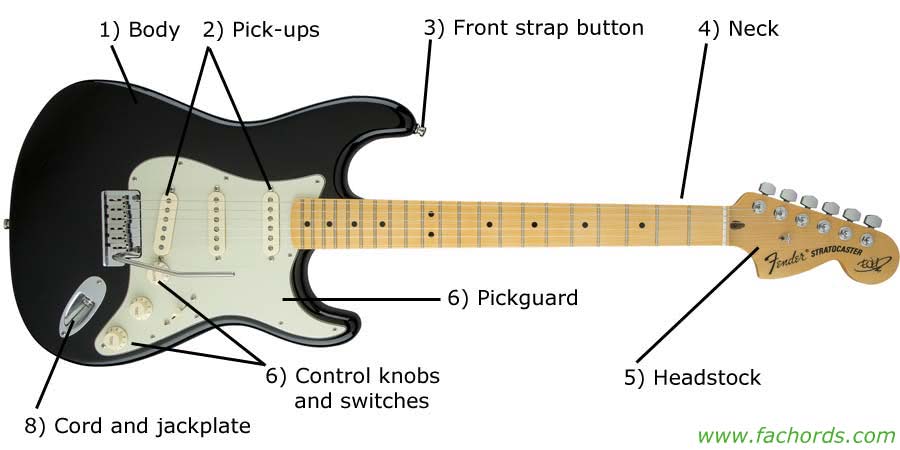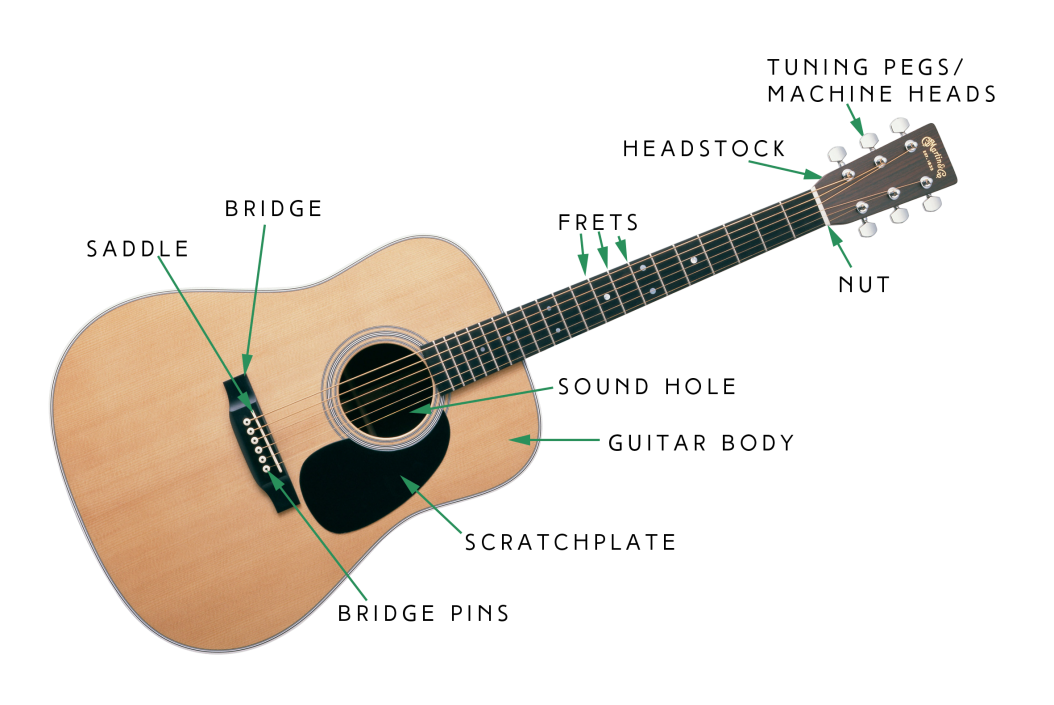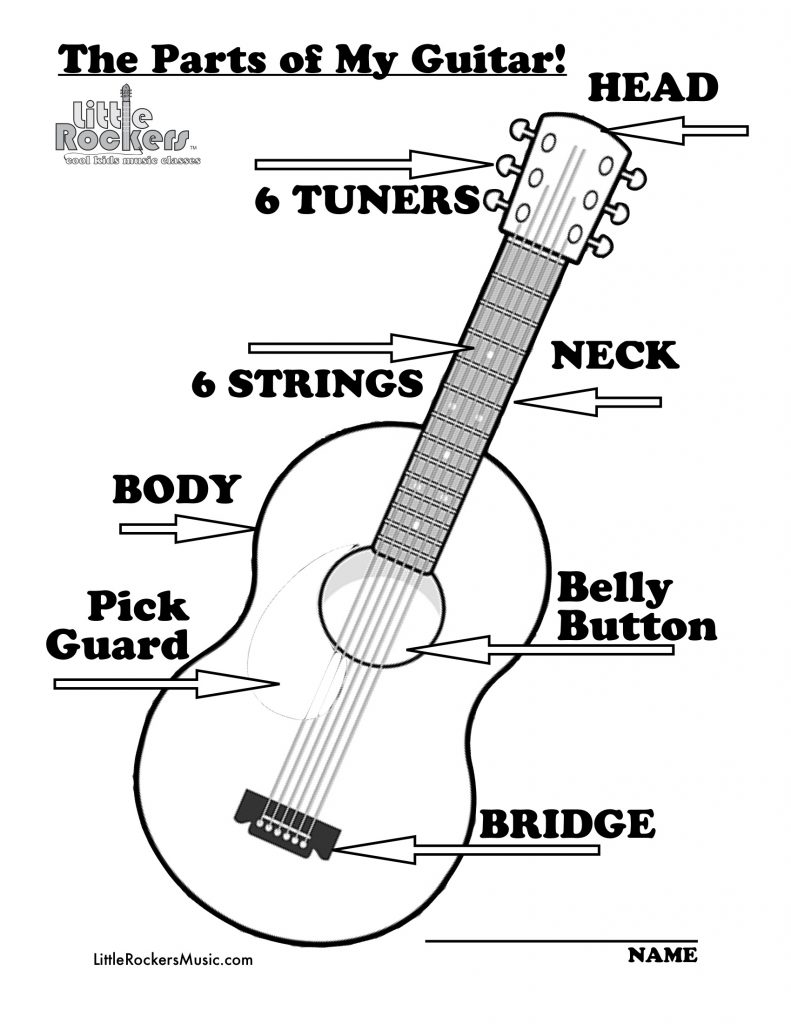
You saw in the last Musician's Friend catalog has the same, or similar pick-ups as the $199.00 Have a better fit and finish, and will be set-up better, but a solid-body electric guitar is basically just a piece of wood with electric pickups attached to it. Not as much difference between a high-priced model, and the more modestly priced ones Be sureĬlick Here for The Complete Lesson SeriesĪnother advantage of electrics is that there is She is going to walk you through some of the most guitar parts names.

She currently resides in Nashville, Tn, and works as an author, guitar teacher, and performer. Originally from Atlanta, Ga., she is a graduate of the The only recourse is to get another acoustic guitar if you're not happy with the sound of your current one. Get just about any sound you want, by adjusting the controls on the A solid-body electric guitar getsĪdjusted, in addition to the amplifier settings.Īn electric instrument requires extra equipment, such as chords, and an amplifier, but the advantages are that even with an inexpensive electric guitar, you can The basic design, such as a rounded back, large sound chamber, etc. The main difference between an electric guitar, and an acoustic is that the sound of an acoustic is shaped by the type of wood or woods it is made from, the type of internal bracing it has, and If you are set on learning on an electric guitar, then I figure that a new student already has enough to do just trying to learn to play, but that is just me. , more maintenance requirements, and more things to have The first string begins from the top, but in practice, the first string begins from the under.I usually recommend that new students learn on an acoustic guitar first, because On written text, the strings usually described in reverse. String Names Easy way to remember guitar string names: In addition, alphabet letters of E, B, G, D, A, and E usually marks it. Numeral numbers 1 – 6 marks the Guitar strings. The standard guitar has six strings, but four-, seven-, eight-, nine-, ten-, eleven-, twelve-, thirteen- and eighteen-string guitars are also available. Tuning Pegs/Tuning Heads/Tuning Gears – The small white pegs that connect to the head and allow you tune the strings.Strings – The six nylon wires attached to the guitar.Sound Hole – The circular hole cut into the soundboard.This is the part that vibrates and helps produce a the sound of a guitar.



Nut – The thin, white piece of ebony at the top of the neck.Fretboard/Fingerboard – The long black piece of wood with inlayed frets located on the neck.The tuning pegs are attached to the head. Head/Headstock – The square piece of wood located at the end of the neck.Frets – The thin pieces of metal inlayed into the fingerboard/neck.Bridge – The thin piece of wood where the strings are tied on the soundboard.The upper bout is slightly smaller, while the lower bout is slightly larger. Bout – The large round, circular sections of the body.Body – The large resonating chamber on the bottom half of the guitar.Back – The flat piece of wood on the back of the body.Guitar Parts Definitions Guitar Parts Diagram For instance, the “head” of the guitar is at the top, the “body” is at the bottom, and the “neck” is in the middle, just like on a human body. Most of these terms are very easy to memorize. These are the names of each part of the classical guitar.


 0 kommentar(er)
0 kommentar(er)
